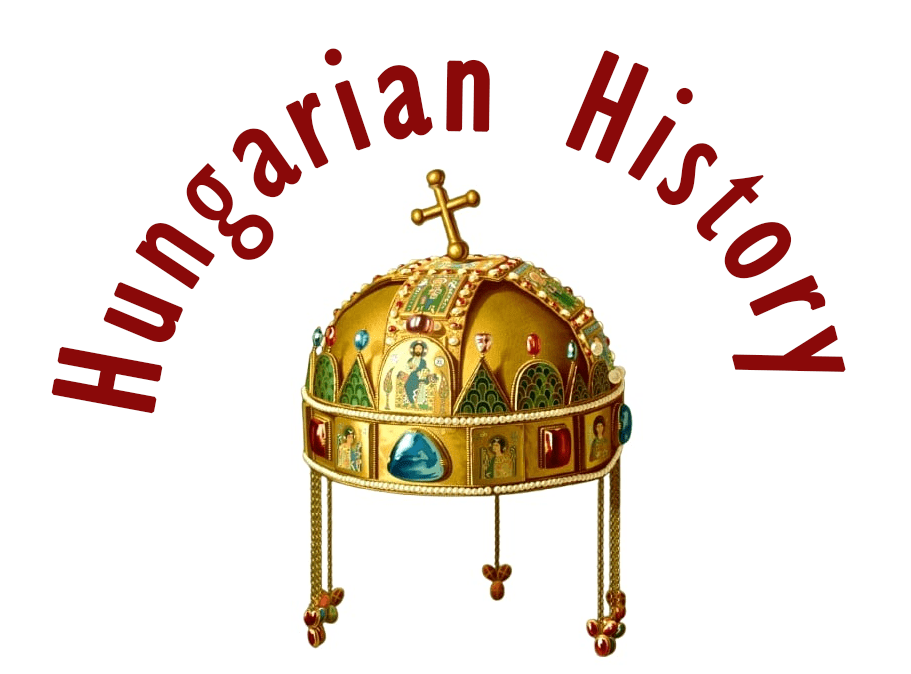
Dózsa György, even before his peasant uprising had set Hungary ablaze and fatally weakened it at the moment of the Turkish threat, became famous precisely for his fight against the Turks. He did so by saving Nándorfehérvár, now Belgrade, which was once considered the gateway to the country, through a duel. On 28 February 1514, Dózsa, the valiant warrior of the Borderland, defeated Ali of Epirus.
One might think that if the Turkish warrior had won, Nándorfehérvár might have been lost seven years earlier, but there would have been no peasant war.
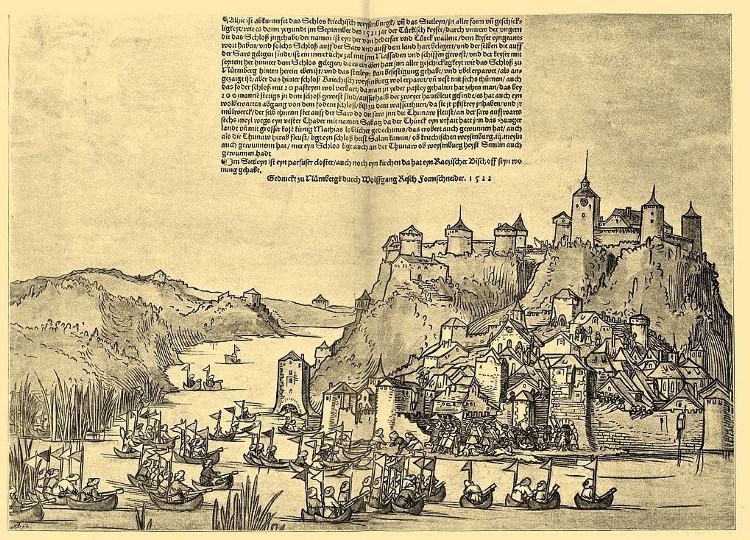
Of course, when you hear the name of Dózsa György, the Hungarian peasant uprising of 1514 comes to mind, but when Cardinal Bakócz Tamás announced a crusade against the Turks on 9 April 1514, he appointed Dózsa as leader. Although the Crusade was suspended on 23 May, Dózsa had already made a name for himself in the military with a legendary duel.
But first, let’s look at the background. In 1513, Pope Leo X and Primate Bakócz Tamás were seriously considering the idea of a crusade, as the fight against the Turks was becoming increasingly difficult. While they were negotiating in Rome, the Transylvanian Voivode Szapolyai János marched with an army towards Wallachia and attacked the Turks, taking many prisoners and booty in the process. Dózsa György (in the old spelling Dósa György) accompanied him as a cavalry captain. He was then entrusted with the guard of Nándorfehérvár.

In the meantime, however, fighting against the Turks continued in other places: after Bishop Beriszló Péter of Veszprém had won a brilliant victory against the Turks invading the Száva and Una rivers at Dubica in present-day Croatia, the Bosnian Basa took revenge by capturing major settlements in present-day Bosnia-Herzegovina. King Ulászló II, on the Hungarian throne, was alarmed to see this and called a meeting of the lords, where he admitted that ‘without the declaration of a crusade, the country could do nothing by its own power’.
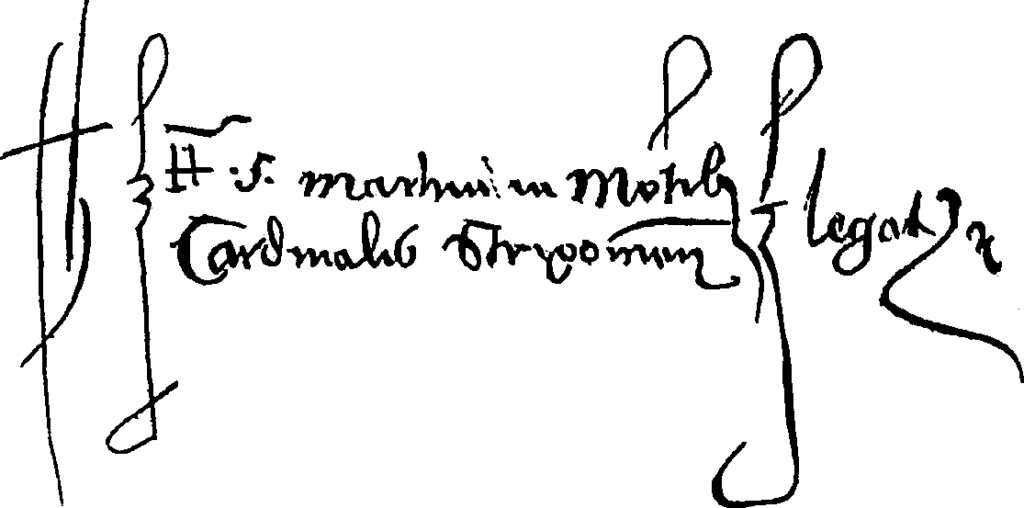
So it was with great joy that they welcomed Bakócz Tamás, the only Hungarian priest who had a serious chance of becoming Pope. The armament campaign was launched, which prompted the Turks to flee across the sea and send the keys to the castle of Szendrő / Smederovo (which in the Middle Ages served as the temporary capital of the Serbian state) to the Ban (Duke) of Nándorfehérvár.

“The (Turkish) guards of the castle of Szendrő had no intention of surrendering to the careless commander of Nándorfehérvár. The guards of the two castles were constantly at each other’s throats, competing to see which could do more harm to the other. Szendrő’s proximity provided the Hungarian soldiers with ample opportunity to show off their bravery and to gain a little booty for themselves. Ali of Epeiros, the leader of the Sipahi cavalry from Szendrő, often challenged the Hungarians. He must have captured many of them, for there were few who dared to fight him. But on 28 February 1514, or Meat Tuesday, a Hungarian cavalry captain, Dósa György, confronted him on a day already fixed. György, according to family tradition, was a big, strong, brown, curly-haired man with curly hair in the middle of his forehead, a trait that is still quite typical of the Dósa. A later Dósa reminded the descendants of György’s enormous strength, who single-handedly pushed up a wooden stall with his shoulders, which six Székely lads could not lift with a crowbar.”
writes Márki Sándor in his study entitled Dósa György 1470-1514.

The duel took place on the field near Nándorfehérvár. According to legend, the leader of the Turks challenged the Hungarian commander to a fight, not for the sake of the spoils, but solely for the ‘glory of battle’. Dózsa György could not let his boast pass without a word.

“Hungarians on one side and Turks on the other were watching the fencing. The two warriors rushed at each other with spears, then they took up swords. In the heat of the fight, Dózsa struck such a tremendous blow to Ali that he cut off his armoured right arm in one piece, killing the stubborn Turk. While Dózsa was plundering him, Ali’s horse rode towards (Nándor)Fehérvár, but there it was captured and led to the commander. On his return, Dózsa wanted to keep the Turk’s horse, as it suited him very well; but for 300 gold pieces he gave it up in favour of the commander.”
This is how tradition describes the short battle that ended in a Hungarian victory.

A mai napig nem tudjuk, hogy egy egyszerű párviadalról volt-e szó vagy annál többről. Annyi azonban bizonyos, hogy a törökök mindezt látva futásnak eredtek, így Nándorfehérvár környéke egy időre „megszabadult” a fosztogató seregektől. II. Ulászló király ezután kétszeres zsoldot és aranyláncot adományozott Dózsa Györgynek és emellett lovagrendbe is emelte, egy falut ajándékozott neki, valamint engedélyezte, hogy a családi címerébe egy karddal levágott, vérző kart illesszen a hőstette emlékére.
Source: Jeki Gabriella

Dear Readers, I can only make this content available through small donations or by selling my books or T-shirts.
Please, support me with a coffee here: https://www.buymeacoffee.com/duhoxoxa
You can check out my books on Amazon or Draft2Digital. They are available in hardcover, paperback, or ebook:
https://www.amazon.com/dp/198020490X or at https://books2read.com/b/boYd81
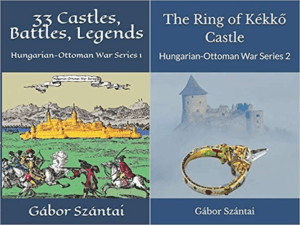
My work can also be followed and supported on Patreon: Become a Patron!http://Become a Patron!
Become a Patron! Donations can be sent by PayPal, too: https://tinyurl.com/yknsvbk7

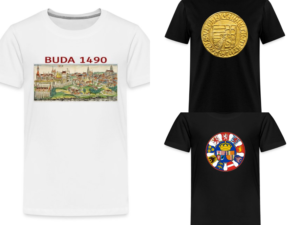
https://hungarianottomanwars.myspreadshop.com/all
Subscribe to my newsletter here: https://tinyurl.com/4jdjbfkn
